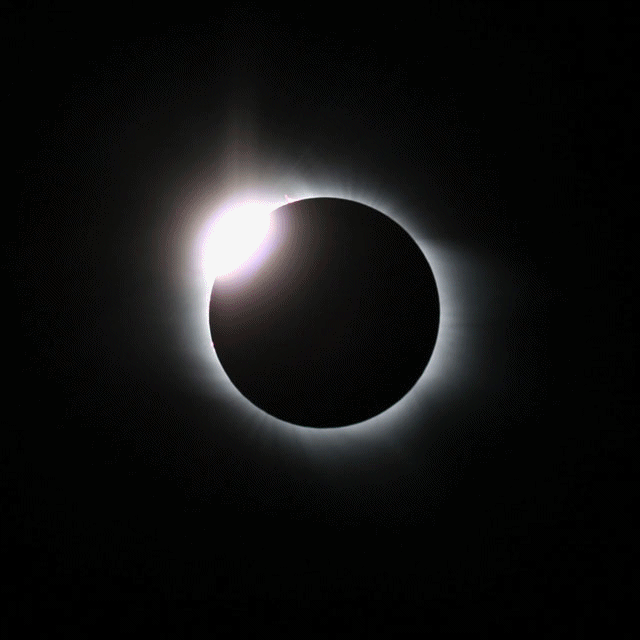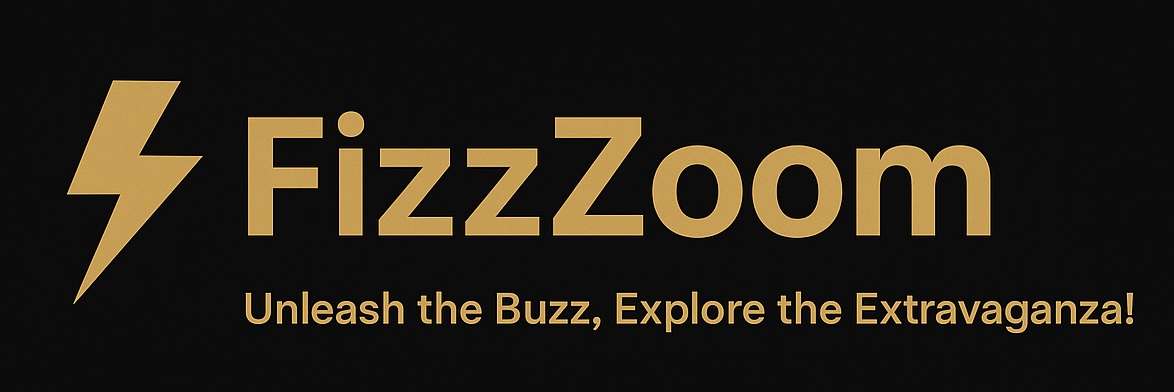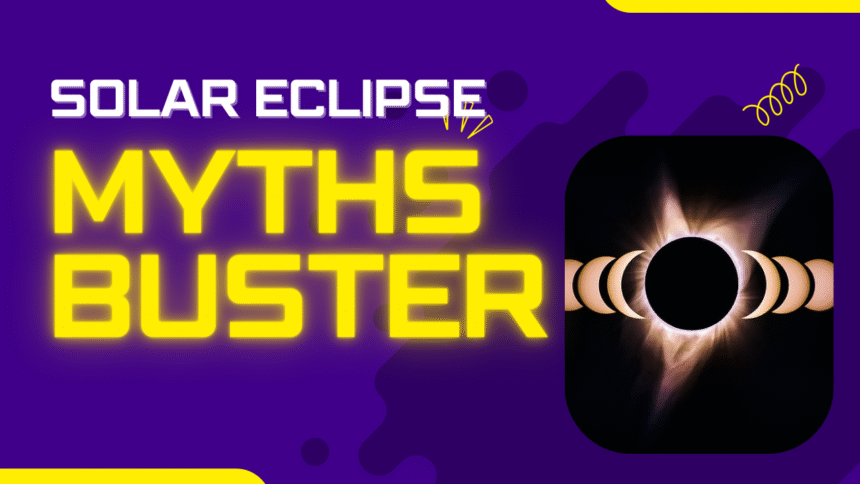Solar Eclipse Myth Buster: Separating Fact from Fiction
Solar eclipses are awe-inspiring events that have captivated humanity for centuries. However, with their otherworldly nature, these celestial events have also given rise to countless myths and misconceptions. As we approach the next total solar eclipse, let’s debunk some of the most common ones.

Myth 1: Solar eclipses emit harmful rays that cause blindness.
Fact: This is partially true and requires clarification. While the sun’s corona, which becomes visible during totality, emits safe electromagnetic radiation, it’s crucial to NEVER look directly at the sun during the partial phases of an eclipse without proper eye protection. The sun’s intense light can cause severe eye damage even when it’s mostly obscured.
Myth 2: Pregnant women shouldn’t watch a solar eclipse because it might harm the baby.
Fact: Absolutely false! Solar eclipses pose no risk to pregnant women or unborn children. This myth likely stems from ancient beliefs associating celestial events with negative outcomes. Remember, the visible light emitted during totality is perfectly safe.
Myth 3: Eclipses are bad omens predicting doom and disaster.
Fact: Throughout history, eclipses have sometimes been viewed with fear and superstition, but this perception is unfounded. Eclipses are natural astronomical events resulting from the alignment of the sun, moon, and Earth. They hold no power to predict or cause negative events.
Myth 4: Eclipses poison any food prepared during the event.
Fact: Another baseless myth. Eclipses have no impact on the safety or quality of food. This belief might have arisen from a misunderstanding of how food spoilage generally occurs.
Myth 5: The moon turns completely black during a total solar eclipse.
Fact: While the moon blocks the sun’s disk, it doesn’t disappear entirely. During totality, the faint outline of the moon may still be visible, often with a reddish hue, due to sunlight refracted by Earth’s atmosphere.
How to safely view a Solar Eclipse:
- Never look directly at the sun during the partial phases without proper eye protection. Approved solar eclipse glasses or handheld solar viewers are essential.
- Indirect viewing methods: Pinhole projectors or the projection of sunlight through tree leaves can provide a safe way to view the eclipse’s progress.
- During totality ONLY: When the moon completely covers the sun, it’s safe to briefly remove eclipse glasses to experience the breathtaking sight of the sun’s corona.
The Wonder of Eclipses
Solar eclipses are magnificent displays of the intricate dance between celestial bodies. Let’s shed the veil of superstition and embrace these events with a sense of wonder and appreciation for the beauty of our universe.
Let me know if you’d like more myths added, or if you want a section focusing on how to find out when the next visible eclipse is in your area!






